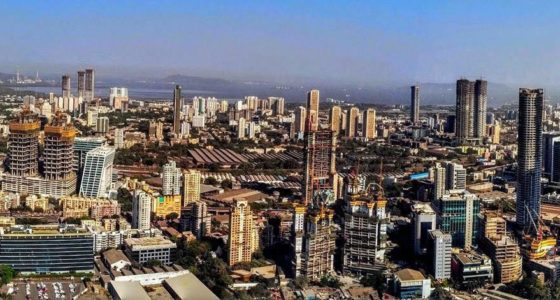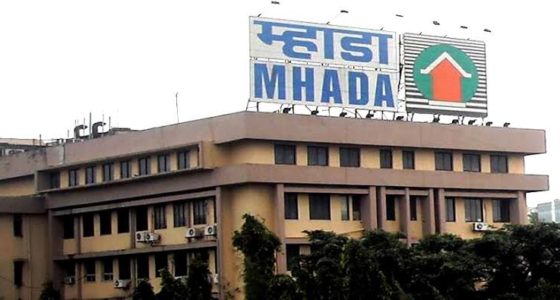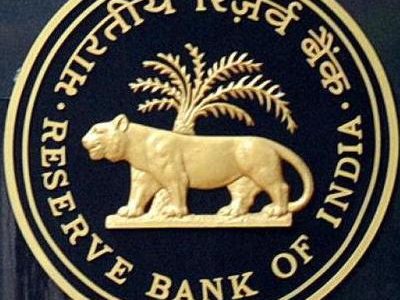Residential sales during the nine months of January-September 2022 (Q1-Q3 2022) surpassed the annual sales post 2014 recording 161,000 units, according to JLL’s Residential Market Update – Q3 2022. The annual sales in 2014 was at 165,791 units. The market has registered strong sales backed by robust consumer demand and quality launches by the developers. Quarterly residential sales have seen a revival since Q3 2021 which has further gained momentum this year with sales of over 50,000 units in each of the first three quarters of 2022. With the onset of the festive season, strong sales are expected in the upcoming quarter and as a result, annual sales in 2022 are expected to be more than 200,000 units.
Residential sales peak in Jan-Sept 2022 exceeding the pre-pandemic annual number
| Units Sold | 2014 Full Year | 2015 Full Year | 2016 Full Year | 2017 Full Year | 2018 Full Year | 2019 Full Year | 2020 Full Year | 2021 Full Year | Q1-Q3 2022 |
| Pan India | 165,791 | 157,794 | 146,852 | 95,774 | 136,082 | 143,302 | 74,211 | 128,064 | 161,604 |
On a sequential basis, sales improved by 7% during Q3 2022 with 56,658 units sold. In fact, this is the highest quarterly sales post-Q4 2010 (sales stood at 59,825 units in Q4 2010).
Bengaluru and Mumbai propel the quarterly residential sales by 7%
| Q3 2021 (units) | Q2 2022 (units) | Q3 2022 (units) | Q-o-Q Growth (%) | Y-o-Y Growth (%) | |
| Bengaluru | 6,222 | 11,250 | 11,994 | 7% | 93% |
| Chennai | 1,483 | 1,542 | 2,128 | 38% | 43% |
| Delhi NCR | 6,689 | 10,076 | 10,660 | 6% | 59% |
| Hyderabad | 4,418 | 5,437 | 6,990 | 29% | 58% |
| Kolkata | 1,974 | 3,947 | 4,367 | 11% | 121% |
| Mumbai | 6,756 | 12,165 | 11,487 | -6% | 70% |
| Pune | 5,921 | 8,704 | 9,032 | 4% | 53% |
| India | 33,463 | 53,121 | 56,658 | 7% | 69% |
Mumbai includes Mumbai city, Mumbai suburbs, Thane city, and Navi Mumbai
Data includes only apartments. Rowhouses, villas, and plotted developments are excluded from our analysis
The strong consumer demand is manifesting itself in the form of strong sales in the affordable and mid categories as well as in the premium segment. While 51% of the sales in Q3 2022 came from the apartments in the price bracket of up to INR 75 Lakh, it is also pertinent to note that apartments in the INR 1.5 crore plus price tag had a considerable share of 19%. The healthy offtake of units in the premium segment manifests the rising demand for bigger homes with good amenities.
“Due to cost-push inflation and robust demand, there is a rise in residential prices with the capital value showing a 3-11% Y-o-Y increase across all cities. New launches have also entered the market at higher prices in some cities. Hyderabad witnessed the maximum appreciation in prices to the tune of 11% on a yearly basis while in Pune prices increased by around 3%. Also, the increase in the repo rate has resulted in an increase in mortgage rates. However, the interest rate after this hike would be still below what the homebuyers had to pay 8 to 9 years back. We believe that home loan interest rates inching towards 9% and above may result in moderation of housing sales growth in the medium term,” said Dr. Samantak Das, Chief Economist, and Head Research & REIS, India, JLL.
New launches continue to see an uptick
With the festive season around the corner, developers continued to launch residential projects to tap into the growing demand by home buyers. The top 7 cities under consideration witnessed new launches of 62,000 apartment units in Q3 2022, an increase of 3% Q-o-Q. The majority of the launches were witnessed in Hyderabad (27%) followed by Bengaluru (23%) and Mumbai which had a share of 21%. More than half of the launches were in the price bracket between INR 50 Lakh-1 crore. Premium segment apartments in the price bracket of above INR 1.50 crore saw 11% of the launches in the quarter.
New launches on a surge
| Q3 2021 (units) | Q2 2022 (units) | Q3 2022 (units) | Q-o-Q Growth (%) | Y-o-Y Growth (%) | |
| Bengaluru | 4,595 | 10,000 | 14,226 | 42% | 210% |
| Chennai | 391 | 992 | 1,382 | 39% | 253% |
| Delhi NCR | 4,073 | 3,010 | 3,982 | 32% | -2% |
| Hyderabad | 9,145 | 13,605 | 16,840 | 24% | 84% |
| Kolkata | 1,173 | 2,978 | 567 | -81% | -52% |
| Mumbai | 6,084 | 17,505 | 13,352 | -24% | 119% |
| Pune | 7,402 | 13,095 | 12,476 | -5% | 69% |
| India | 32,863 | 61,185 | 62,825 | 3% | 91% |
Mumbai includes Mumbai city, Mumbai suburbs, Thane city, and Navi Mumbai
Data includes only apartments. Rowhouses, villas, and plotted developments are excluded from our analysis
Unsold inventory increases by 1.3% Q-o-Q in Q3 2022
In Q3 2022, unsold inventory across the seven cities increased by 1.3% on a Q-o-Q basis as new launches outpaced sales. Mumbai, Bengaluru, and Delhi NCR together account for 63% of the unsold stock. An assessment of Years To Sell (YTS) shows that the expected time to liquidate the stock has declined from 3.6 years in Q2 2022 to 3.1 years in Q3 2022, an indication of robust sales growth
Looking ahead: Strong growth ahead
The residential market’s inherent strength and the rising importance of home ownership will lead to its continued growth momentum. With the upcoming festive season, both launches and sales are expected to see an uptick. Apart from the affordable and mid-segment, the traction is expected to take place in the premium segment as well backed by launches by established developers in prime locations. The growing need for home ownership and a stable employment scenario is likely to drive the housing demand. The preference of buyers for developers with a proven track record will increase transparency and drive the sector’s next phase of growth. On the downside risk, the affordability synergy which was prevailing six months back has been facing some challenges. The home loan interest rate in the last six months has gone up by around 130-140 bps. Moreover, the residential price is facing upward pressure due to cost-push inflation. We believe, that this may play out to be a sentiment disruptor for home buyers albeit on a temporary basis.









